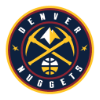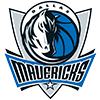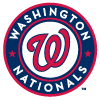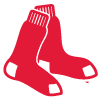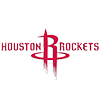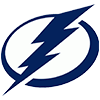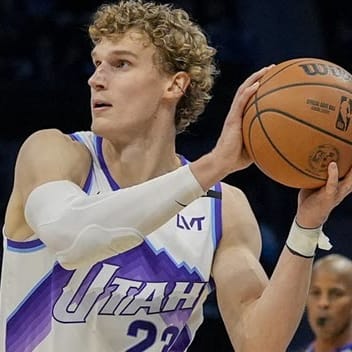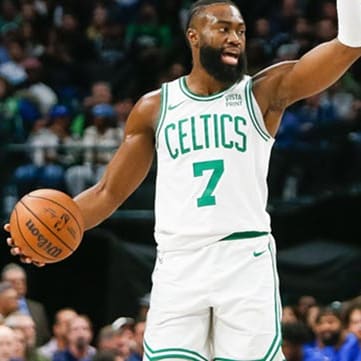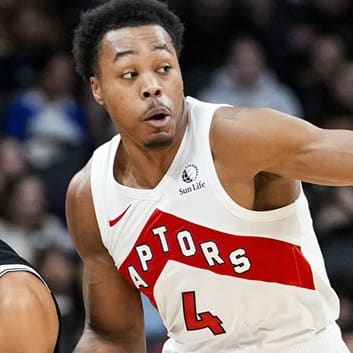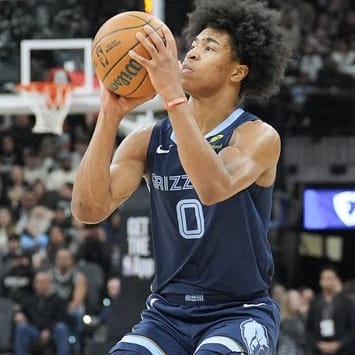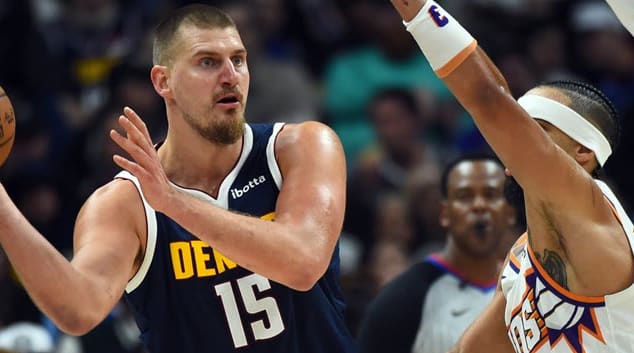This time last year, once it became clear Phoenix was unlikely to resist had a laser on was going to select Deandre Ayton, it was easy to foresee how he'd fit in with the Suns' young roster. Phoenix had a budding star in Devin Booker, and while the Suns had a major need at point guard, they were also in need of a long-term upgrade at center. In hindsight, Ayton may not have been the correct pick, but it made sense, and when it came to projecting his rookie season, the course was relatively simple to plot.
This time around, even though we know where Zion Williamson is going to end up, it's anyone's guess what the surrounding talent will look like by the time we get to October. Until the Anthony Davis situation is settled -- which will be before the draft, if New Orleans has its way -- Williamson's immediate role in New Orleans will remain muddled. But regardless of who the Pelicans put around him, there's no question he'll be the franchise centerpiece in the long-term.
The question of how productive he'll be in Year 1, however, remains to be seen. Wherever the Pels end up shipping Davis, the return will be considerable, likely topping -- by a fair margin -- what Indiana and San Antonio received for their respective, expiring superstars in offseasons past. According to ESPN's Adrian Wojnarowski, New Orleans is seeking both established high-end talent, as well as future assets. But just because that's the asking price doesn't mean the Pelicans will ultimately get what they want, which is part of the reason David Griffin is reportedly open to including a third team in the deal. Davis, himself, is said to prefer New York or Los Angeles, but New Orleans is under no obligation to grant his wish.
Jrue Holiday is also a major factor in this equation. An All-Star caliber guard in the middle of his prime, Holiday has endured the ups and downs of the Davis saga, but he'll be the veteran pillar on which the franchise leans while it re-tools. There's an outside chance he could be dangled as trade bait in the event the Pelicans look to completely rebuild, but as one of the better two-way players in the league at any position, Holiday is adaptable enough to pair with Williamson without sacrificing his own production.
So what does a realistic Williamson projection look like?
While he was a man among boys at the college level, Williamson will still face the same learning curve as any other prospect. He's not going to shoot 68 percent from the field like he did at Duke, and 22 points per game feels like an absolute best-case scenario, though it's not impossible.
Even the best rookies are rarely dynamic fantasy assets, but the ones who are tend to step directly into ready-made star roles -- even if they're not quite ready. Karl-Anthony Towns' 18.3 PPG, 10.5 RPG, 2.0 APG, 1.7 BPG line as a rookie came as an 82-game starter with a 25 percent usage rate. Minnesota only won 29 games that season, but getting Towns as many reps as possible was the bigger priority.
Since 1990, 13 rookies have topped eclipsed 20 points per game, with Allen Iverson's 23.5 per game in 1996-97 leading the way. While the majority of the players on that list averaged north of 35 minutes per game -- Iverson checked in at a Thibodeauian 40.1 MPG -- more recently Luka Doncic (21.2 PPG) and Donovan Mitchell (20.5 PPG) each got to 20 points in fewer than 34 minutes per game.
Perhaps more relevant than workload is the fact that each of the 13 aforementioned first-year players posted a usage rate of 25.5 percent or higher. Digging deeper, of the 71 rookies to hit 15 points per game since 1990, only two (Michael Finley and Latrell Sprewell) fell below 20 percent usage, which shouldn't come as a surprise. In general, though, 25 percent is a strong baseline for what it takes to approach the 20-point plateau.
Williamson's usage rate at Duke (28.6%) falls right in line with what you'd expect, though he ranked second on his own team -- and by a fair margin -- in that metric. Had Williamson not played alongside an ultra-ball-dominant player in R.J. Barrett, his usage rate likely would've risen into the low-30s with ease. Either way, Williamson is unlikely to increase his offensive responsibilities as an NBA rookie, though many elite prospects are able to closely replicate their collegiate usage.
For instance, Blake Griffin -- one of Williamson's closest physical comps -- posted a 29.5 percent usage rate in his two years at Oklahoma before dipping only slightly to 27.3 percent as a rookie in 2010-11. Griffin put up fantastic numbers in Year 1, averaging 22.5 points, 12.1 rebounds, and 3.8 assists on 51 percent shooting (38 MPG). Of course, it's not a perfect comparison, as Griffin sat out the entirety of his true rookie year after undergoing knee surgery. Even if much of it was spent rehabbing, the gap year certainly appeared to help prepare Griffin for the NBA, as it did for Ben Simmons a few years ago.
That 32-win Clippers team, which started 1-13, was far from loaded, but Griffin had some help in the form of Eric Gordon (22.3 PPG, 4.4 APG) and Mo Williams (15.2 PPG, 5.6 APG), in addition to a decent crop of young players headlined by Eric Bledsoe, DeAndre Jordan and Al-Farouq Aminu. Griffin was the centerpiece, but Gordon (26.5% USG) -- then considered a future star in his own right at 22 years old -- wasn't far behind. If Holiday theoretically functions as the Pelicans' version of Gordon, and Williamson is as transcendent as we think he is, then a Griffin-level season can't be ruled out.
Back to the Davis deal.
Speaking strictly in the interest of Williamson's 2019-20 fantasy production, the Pelicans "settling" for a more future-oriented package, centered around picks and developing players, may be the best outcome. No matter how the inevitable exchange shakes out, Williamson will almost certainly have more surrounding talent than Towns or Griffin had as rookies. But if much of that talent is comprised of fellow young players, Williamson's path to a star-level workload in Year 1 becomes that much clearer. Even relatively established young players like Kyle Kuzma or Brandon Ingram or Jaylen Brown would be asked to fall in line behind Williamson, whereas if the Pelicans were to acquire a legitimate star in exchange for Davis, asking that player to defer to a 19-year-old becomes more tricky.
The bottom line is Williamson's level of responsibility, particularly on offense, will be partially determined by what the Pelicans get for Davis. For now, at least, it's a futile exercise to assign him hypothetical teammates, but the good news for evaluators is Williamson projects as the caliber of prospect that can transcend roster construction. Even at Duke, Williamson wasn't featured to the degree he should've been, and he still managed historic levels of production and efficiency.
Looking forward, Williamson putting up somewhere between 17 and 20 points per game, with something like 8.5 rebounds and 3.0 assists feels like a reasonable expectation. It wouldn't be a shock if he topped either of those numbers, but he could face some regression on the offensive glass, in particular, which accounted for 40 percent of his rebounding production at Duke.
Defensively, Williamson should easily reach 2.0 combined blocks/steals per game -- and he could track closer to 3.0 -- but he'll likely regress in both categories, by default, after eating undermanned collegiate competition alive for most of his freshman season.
Maybe the biggest unknown in Williamson's profile is his shooting, both from three and from the free throw line. A 34 percent shooter last season, Williamson has the foundation of a dependable jumper, but his casual, side-of-the-head release doesn't always pass the eye test. Williamson bulldozed his way to the free throw line more than six times per game last season, but he converted at only a 64 percent clip. That's obviously well below the expectations for a superstar, but all indications are that Williamson has the makeup and work ethic to improve. If he can follow Griffin's trajectory in that regard, he'll be just fine.








